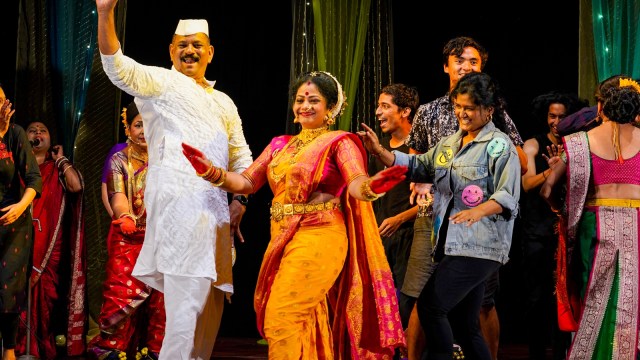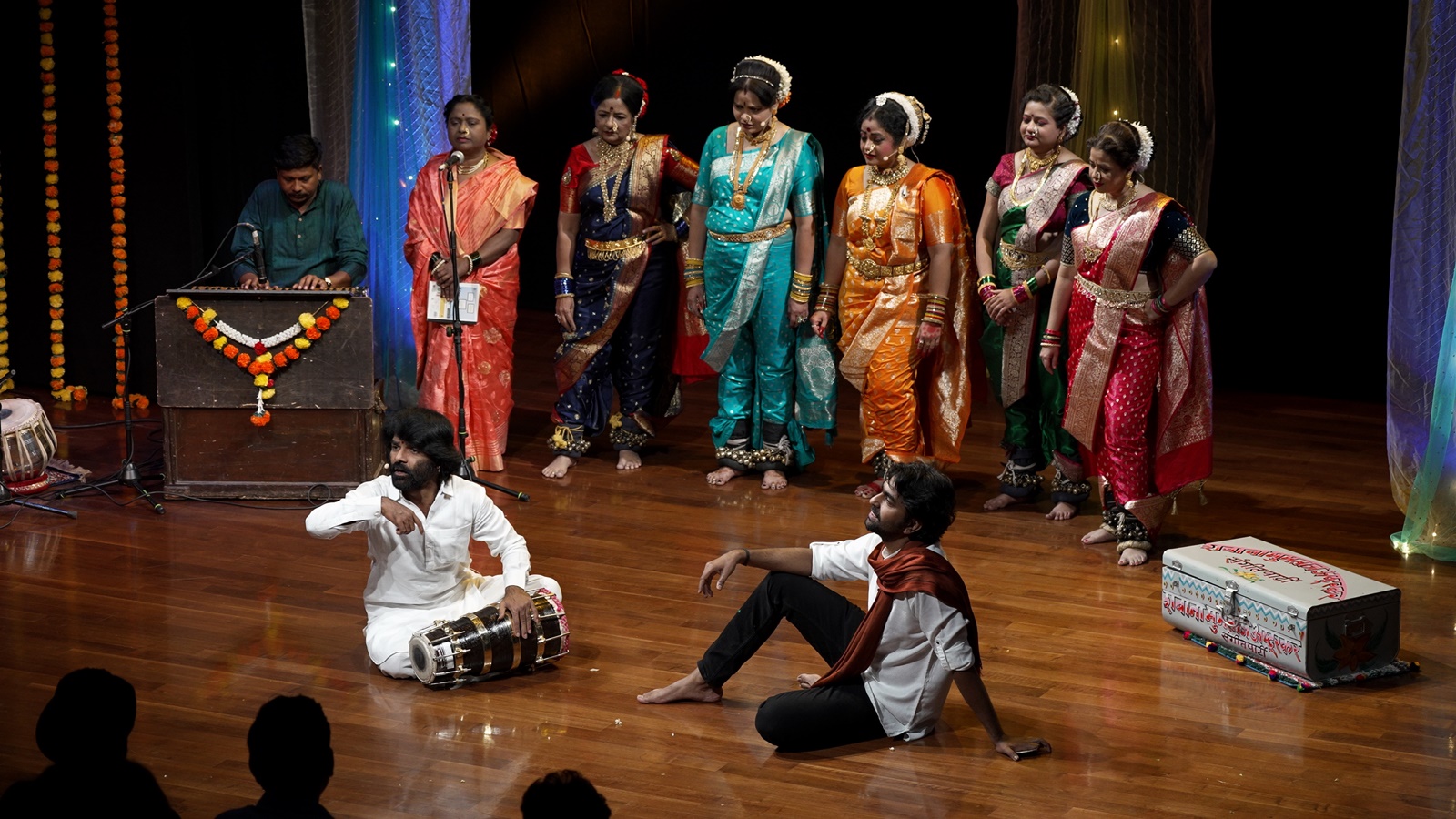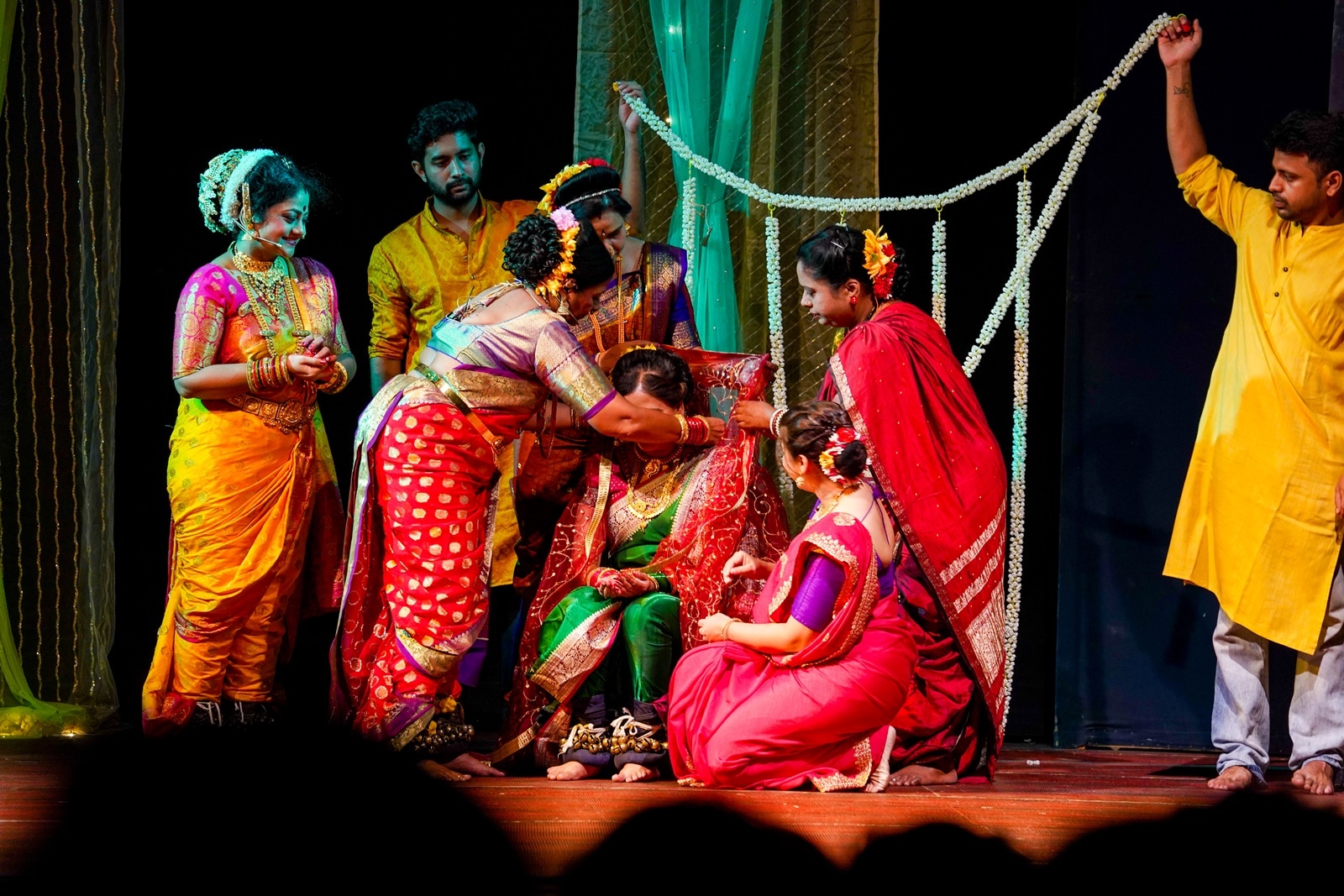Click here to join Express Pune WhatsApp channel and get a curated list of our stories
‘Unless you love yourself, how will you give love to others?’: What a famous Lavani dancer can teach us about self-love
To be staged in Pune on Sunday, Bhushan Korgaonkar’s play ‘Love and Lavani’ enters a unique world where man-woman relationships are complicated, love and livelihood are constantly negotiated, and self-awareness is critical.
 On November 19, Korgaonkar’s play, Love and Lavani, foregrounding the dancer’s life, will be staged at The Box in Pune’s Erandwane.
On November 19, Korgaonkar’s play, Love and Lavani, foregrounding the dancer’s life, will be staged at The Box in Pune’s Erandwane. When he was still new to performances of Sangeet Bari, a traditional form of Lavani, Mumbai-based author, playwright and director Bhushan Korgaonkar met a dancer who impressed him the most. She was not only deeply immersed in her art but also transparently honest about the unconventional choices Lavani dancers make on stage and in their personal relationships. On November 19, Korgaonkar’s play, Love and Lavani, foregrounding the dancer’s life, will be staged at The Box in Pune’s Erandwane.
“The dancer has been called Shabana-bai Ashrukar in the play. The real message that I want to send out through Love and Lavani is that self-love is crucial to everybody,” says Korgaonkar. The play features an array of stars, from Pushpa Satarkar and Latabai Waikar to this year’s winner of the Best Female Actor at the prestigious Mahindra Excellence in Theatre Awards, Shakuntala Nagarkar.
 Lavani comes from the word lavanya or beauty, at whose core is love.
Lavani comes from the word lavanya or beauty, at whose core is love.
The plot revolves around Shabana Bai, a dancer with a scintillating stage presence who has a crowd of admirers jostling for her attention but is drawn to a quiet man who only observes her from a distance and does not make any move. When Shabana and her soft-spoken patron finally get together, she faces a difficult choice— between him and her dance.
Two artists play anchors who start by giving the audience an understanding of the background of Lavani and then, slowly, transform into the characters of Shabana Bai, the patrons and the others. Lavani songs and dances are presented as the plot progresses.
 The play throws light on the world of the folk art form, where dancers live and perform together in stage shows and private baithaks.
The play throws light on the world of the folk art form, where dancers live and perform together in stage shows and private baithaks.
Lavani comes from the word lavanya or beauty, at whose core is love. The play throws light on the world of the folk art form, where dancers live and perform together in stage shows and private baithaks. A number of unique customs have evolved around patrons, poetry, movements and music. Man-woman relationships are complicated by the tradition that considers a dancer married to her ghungroos and forbidden from tying the knot with a lover.
Several dancers have children and some leave the stage for a short time or even forever. A dancer might become attached to a patron, who is referred to as malik, or have several patrons in her lifetime. It is a ground where love and livelihood are constantly negotiated and self-awareness is of critical importance. The play ends with a monologue by Shabana Bai in which she says, “How will you give love to others and how will you find love from others unless you love yourself?”
Click here to join Express Pune WhatsApp channel and get a curated list of our stories








